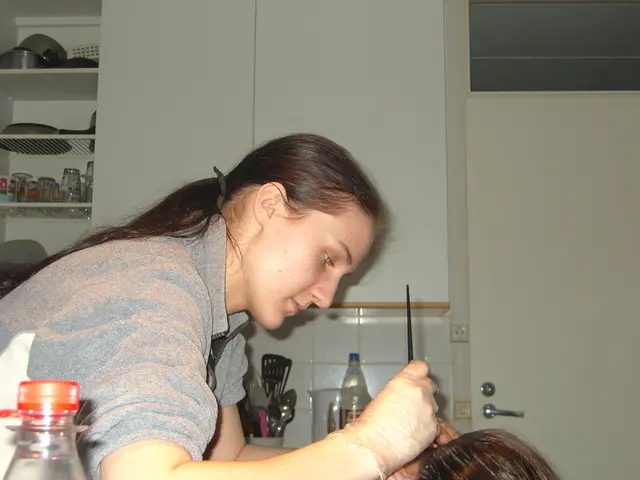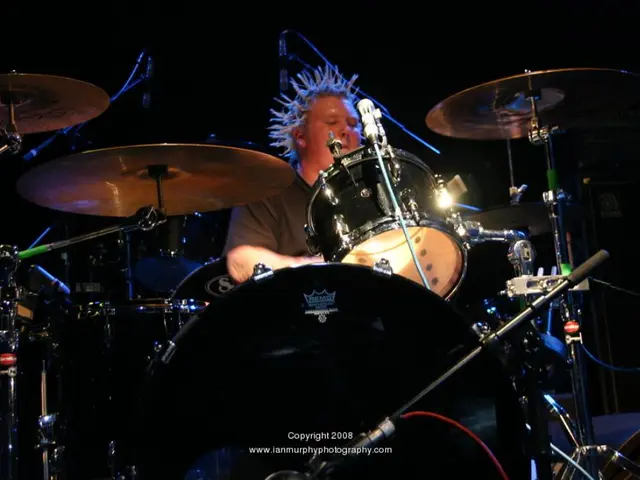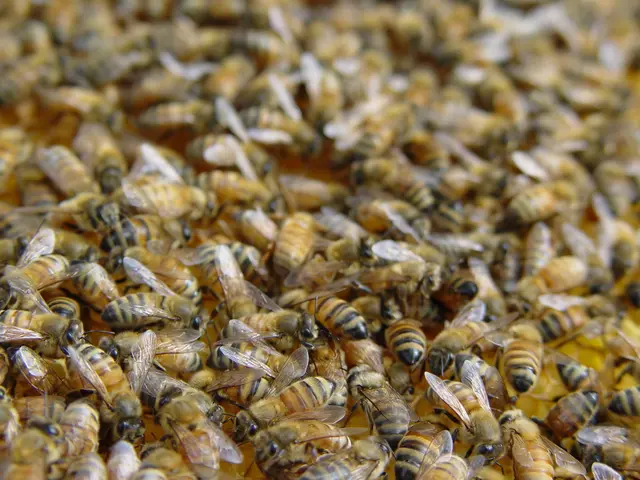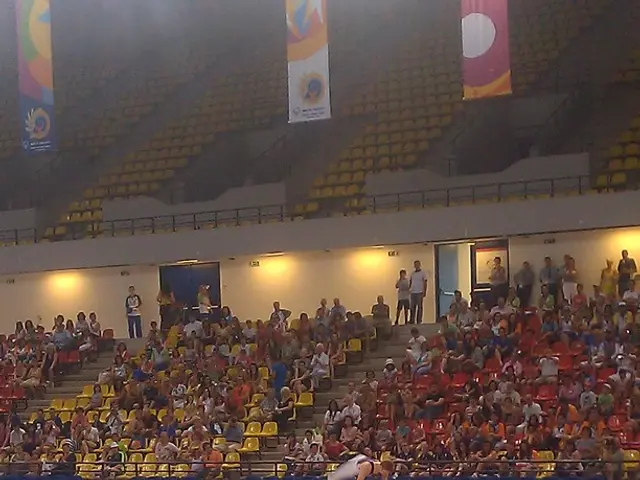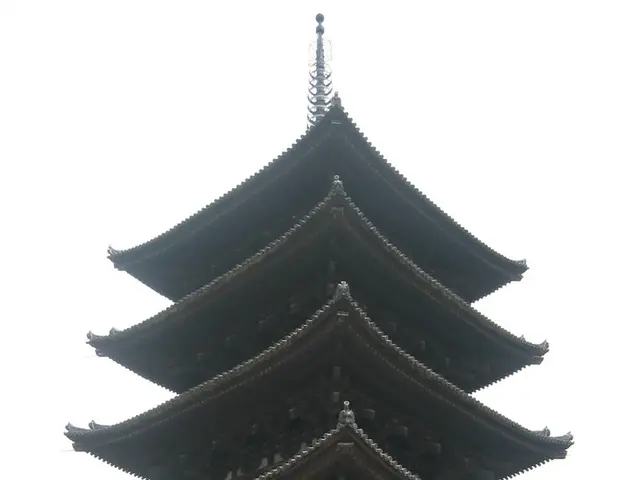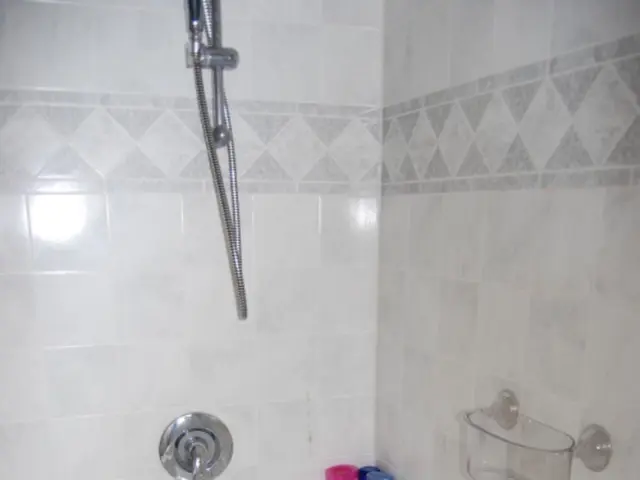Creating a Bioactive Substrate Blend: Recipe and Instructions
In the realm of terrarium and vivarium hobbyists, a bioactive substrate has become a popular choice for creating a self-sustaining ecosystem that mirrors the natural world. This article will guide you through the process of creating your own bioactive substrate, using a balanced mix of natural ingredients that provide moisture retention, aeration, drainage, and microbial life support.
### Key Ingredients
The foundation of a successful bioactive substrate lies in the choice of ingredients. Here are some key components based on expert advice:
1. **Milled New Zealand Long Fiber Sphagnum Moss:** This material offers excellent moisture retention and a soft, airy texture, mimicking humid tropical conditions.
2. **Milled Sphagnum Peat Moss:** Adding this ingredient enhances water retention capacity, maintaining consistent moisture levels.
3. **Horticultural Charcoal:** This enhances soil structure and drainage, while filtering impurities to maintain substrate health.
4. **South American Tree Fern Fiber:** This adds texture and improves aeration, promoting healthy root development.
5. **Topsoil and Sand (typically 50/50 mix):** The topsoil offers organic matter and nutrients, while sand improves drainage and prevents compacting.
6. **Cypress Mulch, Cocoa Husk, and Other Biodegradable Materials:** These contribute to microbial activity and simulate natural decomposition processes.
7. **Bioactive Soil Inoculant (optional):** Such as BioShot, to introduce beneficial microbes and boost plant growth.
### Basic Steps to Prepare the Substrate
1. **Create a Drainage Layer:** First, add a mesh layer to separate the drainage substrate from the bioactive soil above, preventing waterlogging.
2. **Mix Base Substrate:** Combine 50% topsoil and 50% sand thoroughly for balanced moisture retention and drainage.
3. **Add Organic Components:** Mix in materials like sphagnum moss, peat moss, tree fern fiber, cypress mulch, and cocoa husk to improve texture, moisture, and microbial habitats.
4. **Incorporate Charcoal:** Add horticultural charcoal to help filter water and keep the substrate fresh.
5. **Add Soil Inoculant:** If available, mix in a bioactive inoculant like BioShot to introduce beneficial bacteria and fungi that promote plant and soil health.
6. **Layer in the Vivarium:** Spread the substrate mixture over the drainage layer in your terrarium or vivarium.
7. **Plant and Maintain:** Add desired plants and monitor moisture. The substrate will support natural processes like decomposition and burrowing by animals (e.g., frogs), enhancing the ecosystem's sustainability.
By following these steps, you'll create a bioactive substrate that mimics natural tropical forest floors, fostering a self-sustaining, healthy environment for plants and animals in your enclosure[1][2][3][4][5]. Happy terrarium gardening!
[1] TerrariumTalk.com (2021). Bioactive Substrate Guide. [Online] Available at: https://www.terrariumtalk.com/beginner-guides/bioactive-substrate-guide/
[2] ReptileMag.com. (2021). Bioactive Substrate for Reptiles. [Online] Available at: https://www.reptilemag.com/reptiles/terrarium-habitats/bioactive-substrate-for-reptiles/
[3] TheSprucePets.com. (2021). Bioactive Substrate for Your Terrarium. [Online] Available at: https://www.thesprucepets.com/bioactive-substrate-for-terrarium-1388667
[4] ReptilesMagazine.com. (2021). Bioactive Substrate: Tips and Tricks. [Online] Available at: https://www.reptilesmagazine.com/reptiles/terrarium-habitats/bioactive-substrate-tips-and-tricks/
[5] TheReptileForum.com. (2021). Bioactive Substrate. [Online] Available at: https://www.thereptileforum.com/forums/terrarium-habitat-decor/4050878-bioactive-substrate.html
The creation of a bioactive substrate highly benefits from the incorporation of science, as it involves a balanced mix of natural ingredients like milled New Zealand long fiber Sphagnum Moss for moisture retention, milled Sphagnum Peat Moss for water retention capacity, horticultural charcoal for soil structure and drainage, South American Tree Fern Fiber for aeration, and topsoil or sand for nutrients and drainage. This mixture delves into the realms of health-and-wellness and fitness-and-exercise, mirroring the key components of a nutritious diet – proper balance, variety, and support for optimal growth and health.

